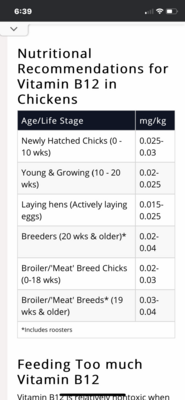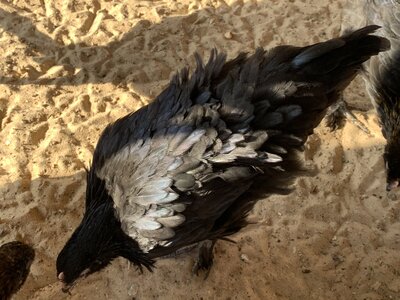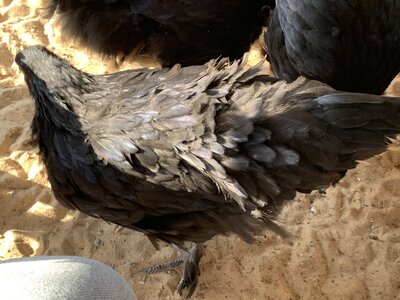my 2 rooster possibilities. The first has a lot of copper leakage on his chest.
View attachment 2378493
View attachment 2378494
View attachment 2378502
I like this cockerel’s color so far. He looks to have a slight halo on his hackles (lighter colored feathers at bottom of hackle). He has copper spotting on his breast but it doesn’t bother me...some of the spotting will molt out after his last juvenile molt. His tail is longer and higher than I prefer but it’s not a squirrel tail (90 degrees or more). I cannot tell from the pic if he has good type or not - we need a full side pic taken on his level.
If paired with a hen or pullet with minimal to no copper hackles with good type, long back and short well angled tail should produce some nice female offspring.
Last edited:




